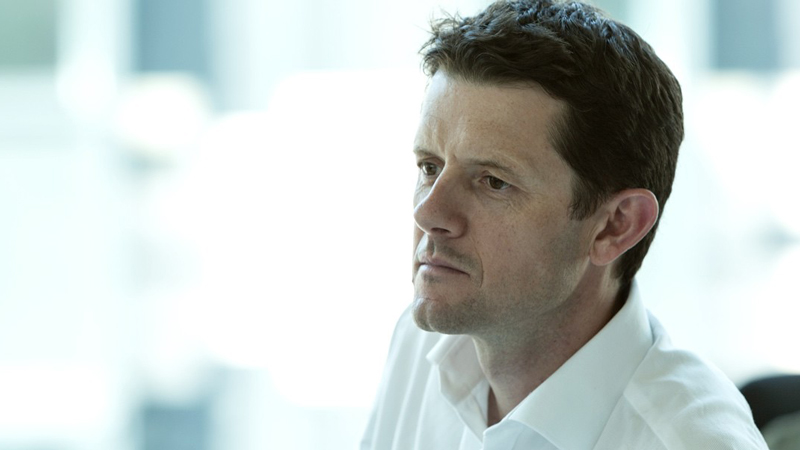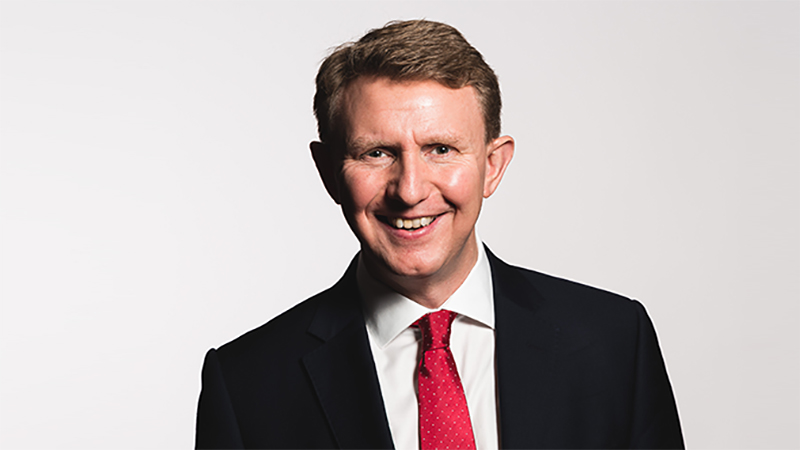As a result, the mood among portfolio managers is rather upbeat. While investors are aware that last year’s returns are unlikely to be repeated, many seem willing to put their cash back to work.
The lack of alternatives for holding risky equities is one of the big discussion points in most investment meetings today. Swiss government bonds are yielding less than 1%, and during 2012 were even negative for some time. Cash returns are close to zero and some banks have even started to charge negative interest rates for holding cash in money market accounts.
As investors focus more on the return on capital rather than the return of capital, the hunt for yield will intensify in 2013. In some cases, the Swiss regulator puts limits on the maximum holdings of risky assets in a portfolio. For the average pension fund, these limits seem far from exploited and a steady flow into riskier assets is expected over the coming years.
Asset allocators are likely to shift money out of cash and into high-yield bonds and even equities, though a big re-allocation is unlikely. Many institutional investors are forced to hold Swiss government bonds and the supply is very limited.
A big sell-off in Swiss government bonds is only likely if inflation expectations were to rise strongly. For now, deflationary risks are greater. Core inflation is expected to stay negative for the third year in a row in 2013, mainly as a result of the strong currency appreciation in recent years.
But Switzerland is not Japan. Deflation is not yet embedded in the mindset of economic agents. The Swiss National Bank (SNB) has emphasised it will not tolerate a strong overvaluation of the Swiss franc. With the start of the intervention programme in September 2011, the SNB has established a credible floor for the Swiss franc against the euro at 1.20. If the euro debt crisis worries continue to fade, then the Swiss franc will likely head towards its fair value of roughly 1.30.
Headline inflation is likely to turn higher in 2013 on the back of a slight depreciation of the Swiss franc. A slight weakening against major currencies would be a welcome relief for Swiss exporters.
Economic growth should accelerate in the first half of 2013 on the back of a euroland recovery. Loose financial conditions and low interest rates support the construction sector and consumption. Plus, the steady inflow of highly skilled workers helps keep the growth potential elevated.
The medium-term outlook for Switzerland remains positive. Its biggest risk is a renewed slowdown in the global economy, which is likely towards the end of the 2013.











